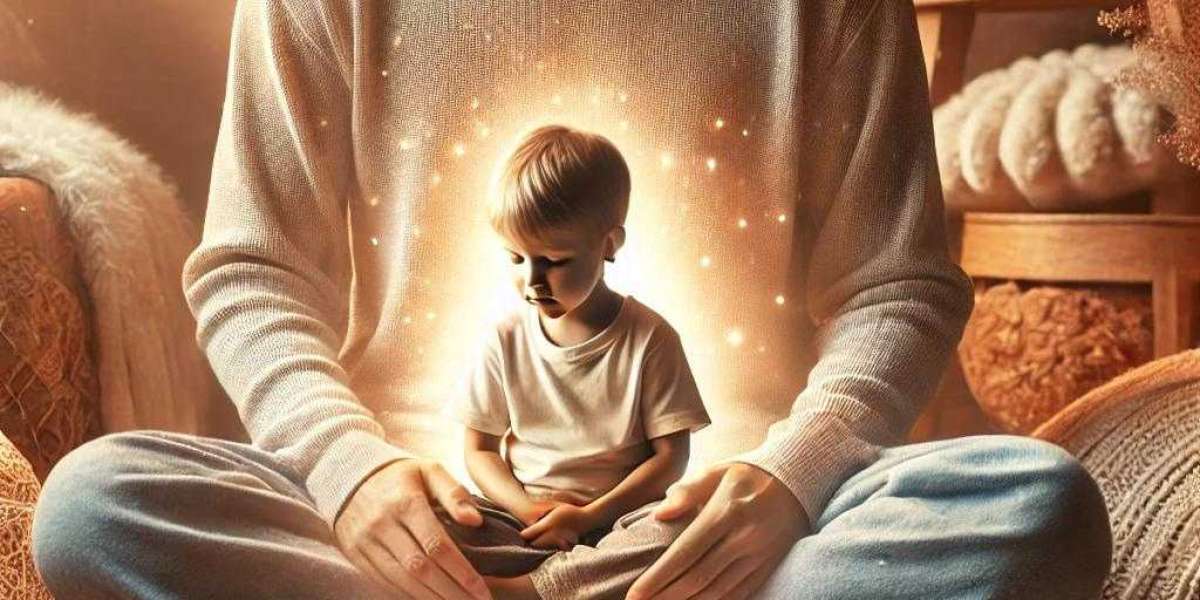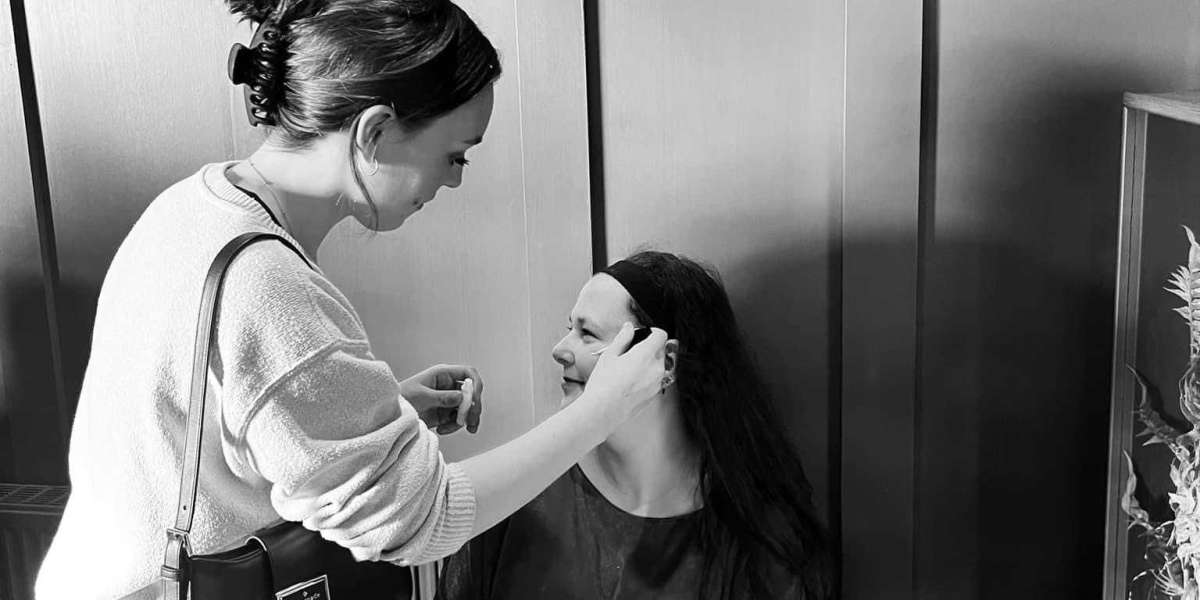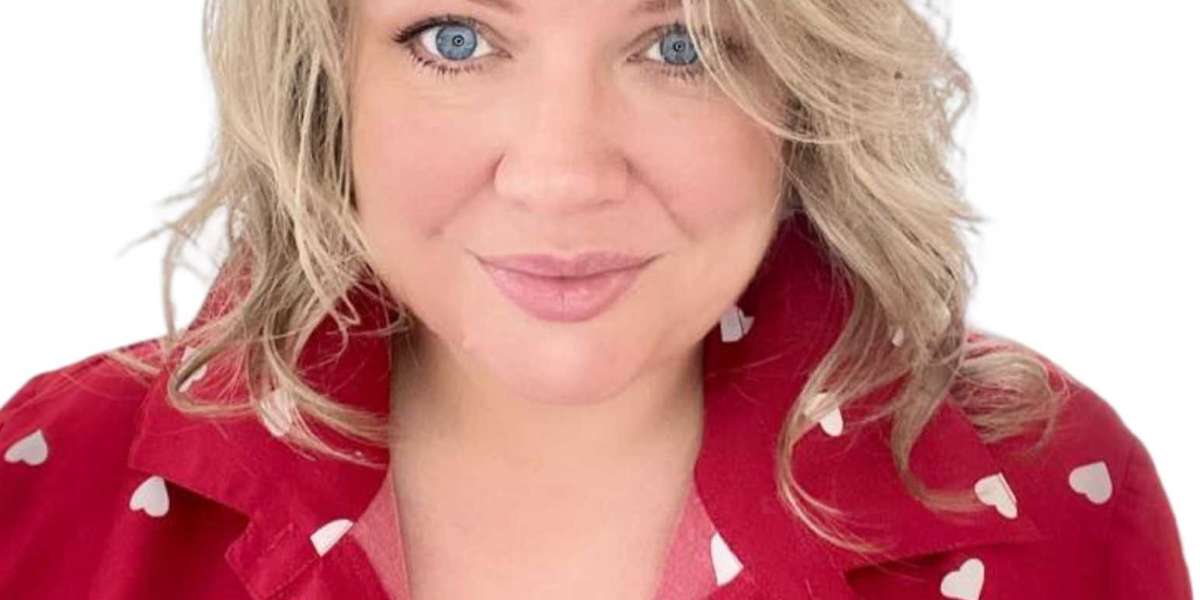Yes, I’m talking about that deep, sometimes hidden part of us that still remembers what it felt like to be a child, vulnerable, curious, joyful, and, yes, wounded too. We all carry these early experiences within us, even if we think we've long since grown out of them.
So what exactly is this inner child, and why does connecting with it matter?
More importantly, how can it help you heal and become a more conscious, compassionate parent? Let’s dive in.
What is the Inner Child?
The "inner child" is a psychological concept that represents the part of our subconscious that holds onto childhood experiences, emotions, and memories.
It’s the piece of you that remembers what it was like to experience pure joy from something as simple as blowing bubbles, and it's also the part of you that might have absorbed early hurts or misunderstandings about the world.
Some of these memories and beliefs might be conscious, the moments that you can clearly recall from your past that shaped you. But others? They’re buried deep in the subconscious, subtly influencing your thoughts, reactions, and emotional responses in ways you might not even recognise.
So, why bother digging into this stuff? Because the unhealed parts of your inner child can be behind those reactions that seem to come out of nowhere, or the emotional patterns that keep you stuck. In short, healing your inner child helps you heal yourself.
How does my Inner Child show up now that I am an adult?
Think of yourself as having two volume dials, one for your adult self and one for your inner child. Most of the time, as you navigate the responsibilities of life, your adult self is in control. The adult dial is turned up to 9, handling work, relationships, and all the day-to-day decision-making while your inner child sits quietly in the background at level 1.
But there are moments when those dials switch, often during stress, conflict, or emotional triggers. Suddenly, you might find your inner child’s volume cranked up to 8 and your adult self fading into the background at a 2. Have you ever reacted to a situation and felt like a child again, bewildered at your own behaviour, wondering, “What on earth was that about?” This is a sign that your inner child has come to the surface.
In these moments, your inner child takes control with all its unresolved feelings of vulnerability, fear, or hurt. Your adult self may feel powerless, out of control, or confused by your own emotional reaction, whether it’s an unexpected outburst of anger, deep sadness, or that sudden urge to hide or escape. It’s as if the adult in you has been temporarily silenced, and your younger self is now speaking up.
These instances can be problematic, especially if we don’t recognise what’s happening. Without awareness, the inner child’s loud responses can lead to behaviours or reactions that don’t align with who you want to be as an adult, which can lead to guilt and remorse, further reinforcing the inner child’s pain. But by connecting with your inner child, you begin to learn about its triggers and what brings it to the surface. This awareness gives you the power to gently quiet that inner voice when needed and bring your adult self back into focus, allowing you to manage the situation with more control and understanding.
However, consistently silencing or ignoring your inner child isn’t the solution either. If you keep trying to mute those feelings, they’ll eventually get louder. Much like a child throwing a tantrum when they’re not heard, your inner child will demand your attention in increasingly disruptive ways. So, rather than just quieting them down, it’s about acknowledging them and soothing them, but we can only do that when our asult volumn is up nice and high. When you validate and acknowledge your inner child, you meet their emotional needs, which helps prevent those overwhelming reactions from happening in the first place.
Why Connecting with Your Inner Child Helps You Heal
We all carry conscious and unconscious wounds, some from obvious, memorable experiences, others from moments we might have dismissed or forgotten.
Connecting with your inner child allows you to get to the root of these emotional wounds. This isn’t about rewriting history or dragging up the past; it is simply allowing that younger part of us to have a voice that has essentially been silenced for decades.
As human beings, we do not react or respond to any situation without a reason, and our inner child can usually help us make sense of that reason, and then we can heal and move forward. An example of this may be that, as a child, you didn’t feel listened to by your parent and therefore, as an adult, you experience deep sadness or anger when you feel like you are being ignored or dismissed. The power of emotion in this situation can often feel disproportionate because it is anchored to past pain. Our inner child can help us un-anchor that pain, and therefore, we are able to respond proportionately to the situation.
Here’s how it works: When you connect with your inner child, you’re essentially revisiting those earlier, vulnerable parts of yourself with the understanding and compassion you have as an adult. It’s important to remember that this is not necessarily about having a ‘memory’ about a situation or any one specific example; this is simply thinking back to yourself as a child and getting a sense of how you felt, maybe in general, or at a certain age, or when a big transition was happening. This process is very fluid. Once you have a sense of how you feel or felt then you can offer your younger self the support and love that might have been missing at the time.
This process can be deeply healing for several reasons:
- Self-Compassion: By nurturing the inner child, you cultivate a deep sense of compassion for yourself, allowing you to release guilt, shame, or the need to “tough it out.”
- Emotional Awareness: When we connect with our inner child, we often uncover feelings we didn’t even realise were there, feelings like rejection, abandonment, or fear that might still be shaping how we move through the world.
- Breaking Patterns: Many of our adult behaviours, especially those we want to change, are rooted in childhood experiences. By healing the inner child, we begin to break free of these automatic patterns.
So, connecting with your inner child isn’t just about healing old wounds; it’s about freeing yourself to live a more authentic, joyful, and emotionally balanced life.
Practical Steps for Connecting with Your Inner Child
Now, let’s explore some practical ways to begin this work. These exercises can help you nurture that younger part of yourself, even if this process initially feels unfamiliar or uncomfortable, try and stick with it. If you are finding the emotions more challenging that feels manageable by yourself then please do seek a professional therapist to support you on this journey.
- Visualisation: Imagine yourself as a child. Don’t force the image; just observe what comes up naturally. What are they wearing? How long is their hair? What’s their expression? Are they in a specific room or outdoors? Simply take in the details without judgment.
- How Old is Your Inner Child? Ask yourself this question, and go with the first number that pops into your head. Whether it feels perfectly aligned or not, let the image and the age unfold without overthinking.
- Picture Your Adult Self: Visualise your current self entering your inner child’s space, not to take over, but to support. Your presence is enough. The goal isn’t to “fix” anything but to show up with love and compassion.
- Journaling: Write a letter to your younger self. What did they need to hear that they didn’t get at the time? How can you offer that support now? You might be surprised by how much insight this exercise brings, and your inner child might even "write back" if you’re open to it.
- Play: Reconnect with activities you loved as a child, colouring, building Lego, and dancing. Give yourself permission to experience joy without any adult expectations attached.
- Talk to Your Inner Child: As you practice connecting, try having a conversation with your inner child. What do they want to share? What do they need from you? This dialogue can be incredibly powerful as you continue to heal.
- Explore Family Cycles: If you’re ready to go deeper, look at your family dynamics. How were you raised, and how does that influence your thoughts, feelings, and behaviours today? This may provide you some insight on why your inner child feels the way they do at the age they are. Understanding these cycles can help you develop greater compassion for yourself, allowing you to break free from patterns that no longer serve you.
How Inner Child Work Supports Your Parenting
This is where things get really interesting. If you’re a parent (or plan to be one), working on your inner child has some powerful ripple effects.
Let’s be real: Parenting is hard. It’s a beautiful, messy, emotional rollercoaster, and our own unhealed wounds often get triggered by our children’s behaviour. When this happens, we end up reacting from a place of unresolved pain or confusion because “I would never have behaved like that towards my parent” rather than responding with the calm, understanding presence we wish we had.
Your inner child holds the key to shifting this dynamic. Here’s why:
- Better Emotional Regulation: When you’ve taken the time to connect with and heal your inner child, you’re less likely to react impulsively when your buttons get pushed. You’ll have the awareness to recognise, “Oh, this feeling of frustration isn’t about my child right now; it’s actually linked to something I experienced when I was younger.”
- Deeper Empathy: Healing your own inner wounds gives you a greater ability to empathise with your child’s emotional world. You’ll better understand what they need when they’re struggling because you’ve gone through the work of understanding your own emotional needs, and you will be more able to relate.
- Breaking the Cycle: So often, the way we were parented (even by well-meaning parents) gets unconsciously passed down to our kids. By doing inner child work, you have the chance to break generational patterns and parent in a way that is conscious, compassionate, and aligned with the kind of relationship you want to build with your children.
- Playfulness and Joy: Parenting isn’t just about managing tantrums and setting boundaries. It’s also about connecting with your child’s world through play, imagination, and joy. When you’re in touch with your inner child, stepping into that playful space can be easier, but it can also feel really tricky if you didn’t benefit from a parent playing with you in childhood, so do not be surprised if this doesn’t feel easy. However, when your inner child finds that joy, you will, too.
Inner Child Healing and Parenting: Two Sides of the Same Coin
Healing your inner child isn’t just about resolving old wounds; it directly impacts your ability to parent with empathy, patience, and intention. By offering your inner child the love, validation, and boundaries you needed as a child, you become more attuned to the needs of your own children. You’re less likely to react impulsively, more capable of setting healthy boundaries, and better equipped to teach your children how to navigate their own emotional world.
This inner work breaks the cycle of unconscious reactions passed down through generations. By healing yourself, you not only become more whole, but you also give your child the gift of a parent who is present, emotionally regulated, and compassionate.
The joy of parenting isn’t just in managing tantrums or setting rules; it’s in the connection you build with your child through play, imagination, and understanding. When you’re in touch with your inner child, it becomes easier to step into your child’s world, share their joys, and guide them through life’s challenges with empathy and love.
The Gift of Reparenting Yourself
At the end of the day, connecting with your inner child is about reparenting yourself. It’s about giving yourself the love, understanding, and validation you might not have received in childhood. And when you do this for yourself, you become a more whole, healed version of who you were meant to be.
For parents, this inner work not only transforms your relationship with yourself but also opens the door to more mindful, compassionate parenting. You get to break the cycle of unconscious reactions and build a parenting approach grounded in empathy, understanding, and joy.
So take a deep breath, and remember: Your inner child is waiting, ready to guide you toward healing, connection, and a more loving way to be with yourself, and with your kids.
Your journey inward is the most powerful step you can take toward growth, healing, and more mindful parenting.
Ready to take that step?
Take a look at www.nicolasaunderstherapy.com, where I have lots of FREE resources, together with The Empowered Parenting Programme, which is a deep dive into your Family Cycles and how your childhood has influenced the person you are today, as well as your parenting.










